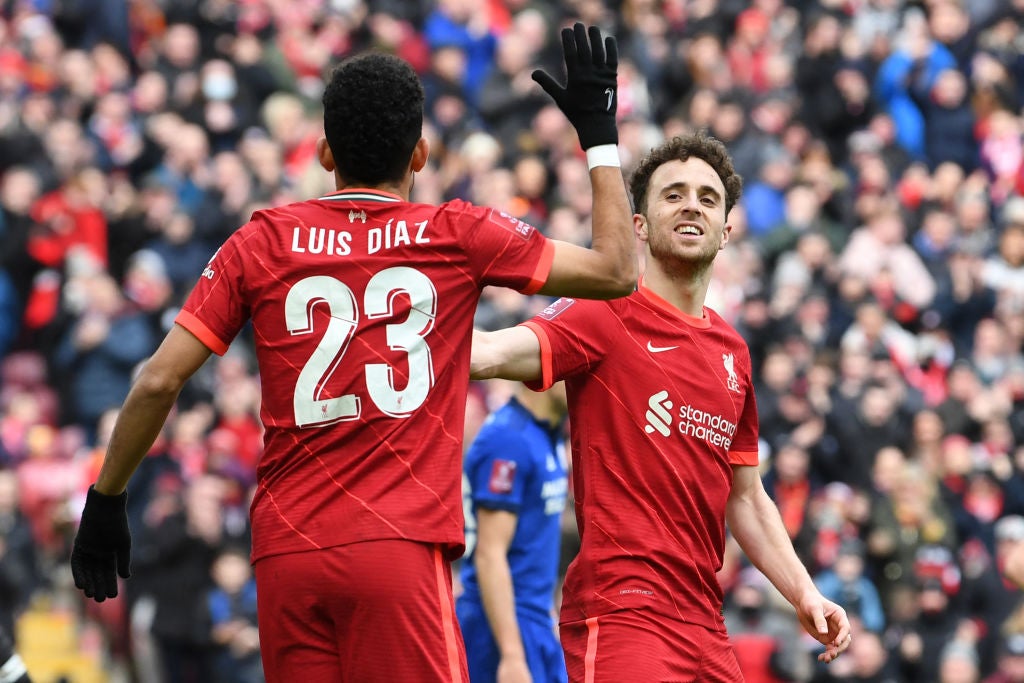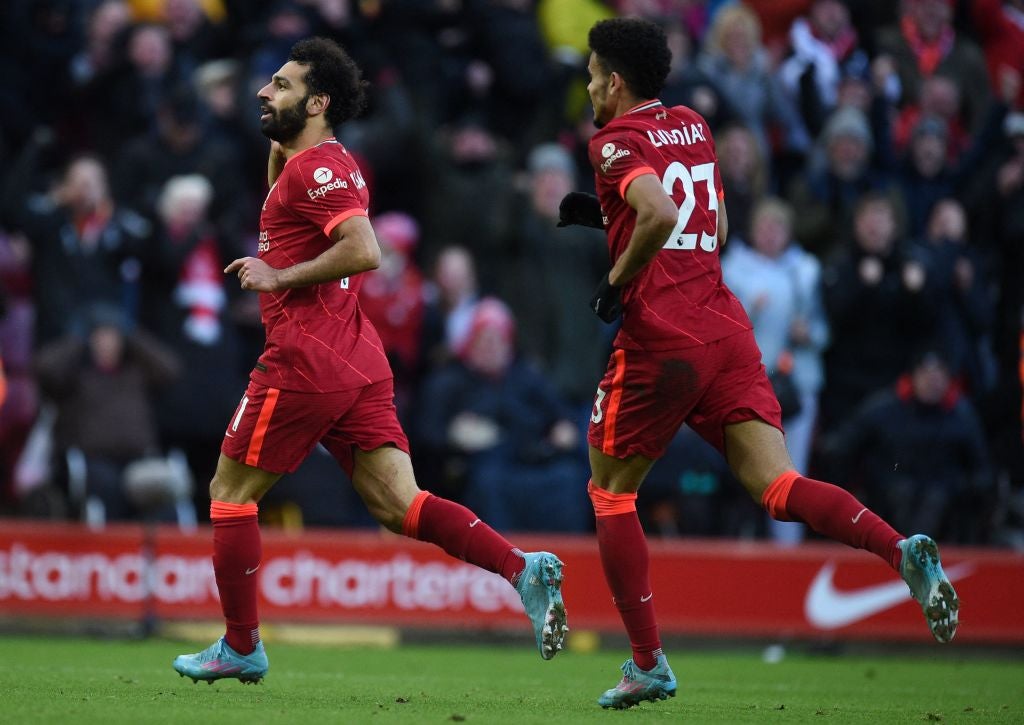New-look attack highlights Liverpool’s continued outperformance in the transfer market
Liverpool head into the League Cup final with the most fearsome attack in Europe, but how did they manage to build it while in recruitment transition?

In the afterglow of Madrid 2019, Liverpool had two policies at play: an immediate focus on retention, and a measured, longer lens on crafting the next great team.
The front three of Mohamed Salah, Sadio Mane and Roberto Firmino were the most instructive element to both approaches.
They were considerably attractive targets to rival clubs - the easiest to lose - which intensified efforts to keep the spine of the squad intact, but they were also seriously difficult to supplement and eventually upgrade.
It is one thing to source as replacement when a core asset leaves, which is an area Liverpool’s recruitment team back themselves to succeed at given their record in the market and how they intelligently reinvested the Phil Coutinho funds.
To construct a future attack with their remarkable trident still in situ was a more challenging task, further complicated by the financial ramifications of Covid which included a 95 per cent drop in matchday revenue.
While the monetary aspect was fundamental to what business Liverpool could do, as well as when and how, the profile of player was of greater significance.
On the edge of elite and with the capacity to be transformative, the target had to have the right mentality to co-exist with but also elevate an attack of Salah, Mane and Firmino; each in the top 20 of Liverpool’s all-time record scorers list.
That the club have done managed to pull off such an acquisition not once but twice in 14 months, both Diogo Jota and Luis Diaz joining for an initial cost that tallies with the price tags of the front three with inflation, is a credit to the strength of their structure, personnel, and data brainpower.
It is more staggering when you consider that the Merseysiders have been going through a quiet transition behind the scenes, with outgoing sporting director Michael Edwards having handed over the recruitment keys to successor Julian Ward and the rest of the team - Dave Fallows and Barry Hunter chiefly - for a period of around 18 months.
Such handovers - both in time and scale - are rare in modern football, let alone at a club with ambitions of landing multiple trophies.
That it occurred with little fuss, attention, or even external knowledge for the largest stretch is a product of surety and trust in the people and mechanisms that have helped ensure on-pitch success.
Liverpool have been excellent at many things, especially drowning out the noise. Their minimalistic recruitment approach, dictated by smarts and sustainability, has been venomously criticised in recent years despite proof that waiting on the right players, at the right time, and for the right fee works.
Ibrahima Konate is another example of a holistic strategy, as is the investment in teenagers Harvey Elliott and Kaide Gordon.
It is Jota and Diaz that have really hammered home the benefits of surgical, crystalline recruitment. The former has directly contributed 33 goals in 62 appearances for Liverpool, despite his Anfield spell being stuttered by injuries.
Jota is the second top scorer in the league, sandwiched between leader Salah and Mane in third.
Diaz, meanwhile, is already averaging more shots and touches in the box that the Egyptian phenom - a small sample size granted, but eye-watering given he hasn’t even been at the club for a month.
The aggression, dynamism and tirelessness of his play has offered Liverpool greater unpredictability and caused more nuisance for the opposition.
When marvelling at the pair, and Liverpool’s formidable attack as a whole, spare some awe for the process that secured them.

There has been a stat circulating that League Cup final opponents Chelsea have had 20 shots on target and scored six goals in the top flight this calendar year.
Liverpool, meanwhile, have had 19 shots on target, scoring nine goals this week - without the injured Jota and Firmino.
What you see on the pitch is a consequence of what happens off it. Remember that if Jürgen Klopp’s men end up celebrating at Wembley on Sunday.
And even if Liverpool are made to wait beyond the weekend for that next piece of silverware, their structure dictates it is a certainty.



Join our commenting forum
Join thought-provoking conversations, follow other Independent readers and see their replies
2Comments